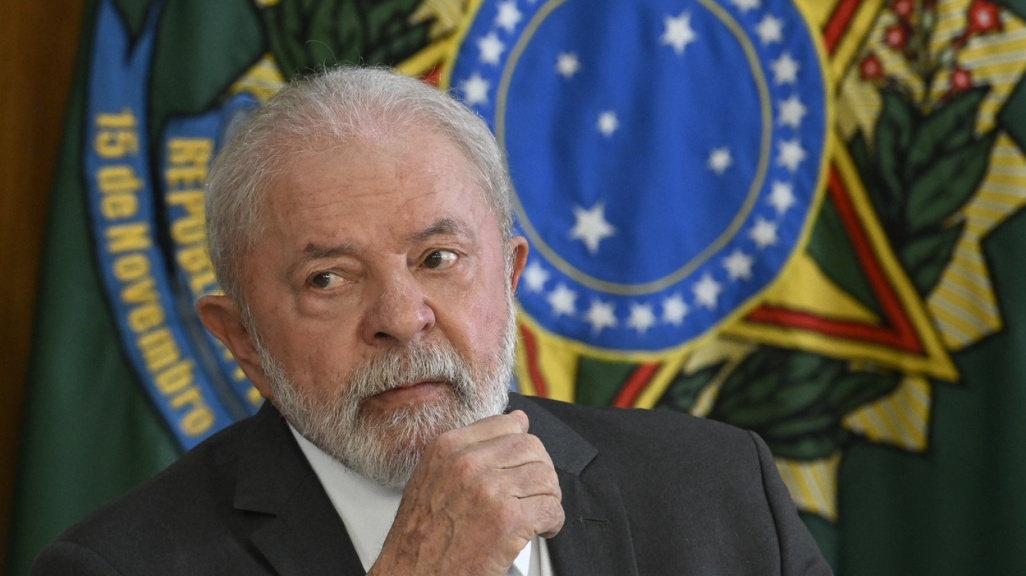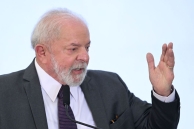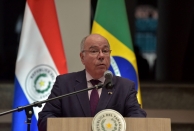Seven Numbers to Understand Lula's First 100 Days
Seven Numbers to Understand Lula's First 100 Days
The start of the Brazilian president’s third term has focused on the Amazon, fiscal policy, foreign relations, and more.
Thirteen years after stepping down from his first two terms in power, Luiz Inácio Lula da Silva once again picked up the reins of Brazil’s presidency on January 1, 2023. But this time it came after winning a contentious and highly polarized election against incumbent Jair Bolsonaro. Then, just one week after his inauguration, a mob stormed Brazil’s capital, highlighting the country’s divided political landscape.
Despite the difficult start, Lula’s approval sits at 65 percent, per Genial/Quaest. And the start of his new term has been marked by an effort for fast changes—including some to undo the work of his predecessor—on social policies, environmental protections, and international affairs.
AS/COA Online zeroes in on seven figures that mark the beginning of his third term as president.
Brazil’s president and his allies are acting like they see existential threats everywhere. They’re not wrong, writes AQ’s editor-in-chief.
An exclusive interview with Brazil’s top diplomat, on the relationship with China, the U.S., the need for multilateral reform, and more.











